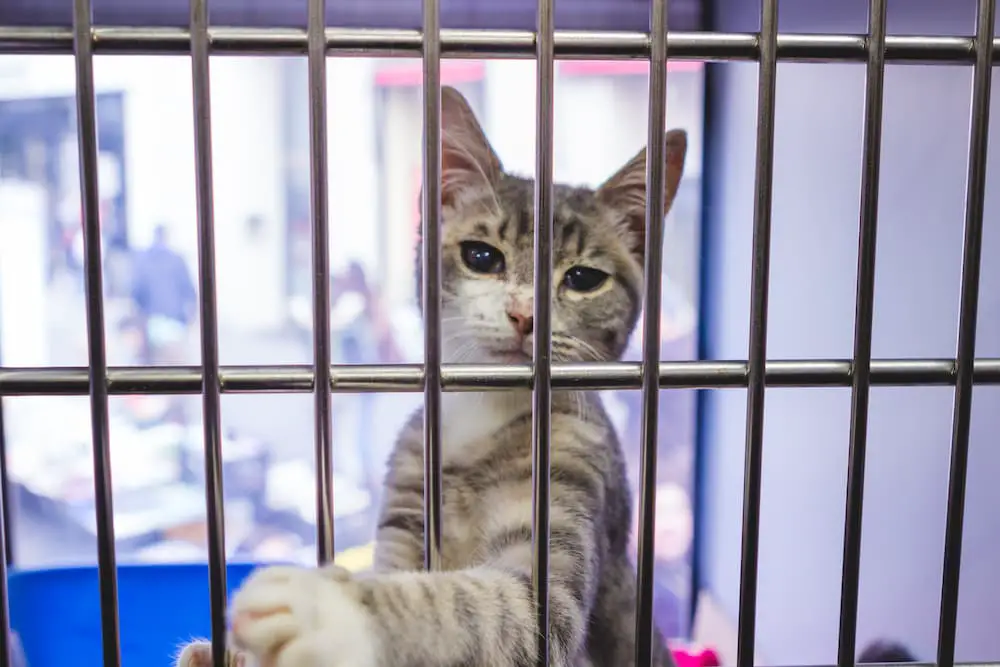Disasters strike when we least expect. The best any of us could do is to put in place a disaster management plan that keeps families safe during this time. While you’re at it, don’t forget your feline companion. In this article, we’ll be sharing some tips for keeping cats safe during an emergency.

1. Train Your Cat with a Carrier
This is the unit you’ll most likely use to carry your cat to safety. The last thing you need is any needless struggle from your cat when you’re trying to put it into the carrier if disaster strikes. A cat’s first instinct in such emergencies is to run and hide. So you need to train to it to get used to the carrier. The carrier should be positioned in your living space like a piece of furniture, so the cat is used to it. To encourage its use, keep treats and toys in the carrier. These will entice the cat to enter it routinely.
On some occasions, you can also feed your cat in the carrier. This will reinforce a positive association with the carrier. In choosing a carrier, go for one designed for emergencies. It should have a large opening that enters easy. It should also have a shoulder strap, so you sling it across and leave both hands free to open doors and carry other items. It is also legally mandated that pets should have accommodation during evacuations.
2. Create an Emergency Kit for your Cat
According to the CDC, the following items are essential for any pet emergency kit:
- A pet carrier, with the pet’s name, your name, and contact information is written clearly on it.
- Food and water for at least 2 weeks for your cat
- A litter box and litter
- Medications for at least 2 weeks
- Medical records such as records of vaccination, prescription medications, and medical history
- Sturdy leashes
- Microchip number
3. Get a Rescue Alert Sticker

Install a rescue alert sticker on your front door. A rescue alert sticker informs rescue workers that there is a pet in the house so they can put in place the protocols for animal rescue. If you can get out of the house safely with your cat, cross out the sticker and put ‘evacuated’ so that rescue workers know there is no longer a pet in the house.
4. Identify a Pet-friendly Safe Haven
If you are evacuating when disaster strikes, you need to locate beforehand safe places that will take pets during emergencies. Many animal shelters may not take pets during emergencies. There might be some hotels, motels, campgrounds, or other emergency facilities that take pets during emergencies. Instead of facing multiple rejections on D-day and mounting anxiety, confirm these details today. Get a list of these places together and keep this list in your emergency kit. That way, you’ll know where exactly to go when things go south.

If you prepare your cat for emergencies before they strike, your feline friend is likely to take an emergency evacuation as just another grand adventure, rather than a tense series of events. A calm cat can be a source of peace in such times, but to ensure that, make sure you get your cat prepared for emergencies.
The Catington Post is reader-supported. That means, if you make a purchase through links on our site, we may earn an affiliate commission. All images and names which are not the property of The Catington Post are the property of their respective owners.






